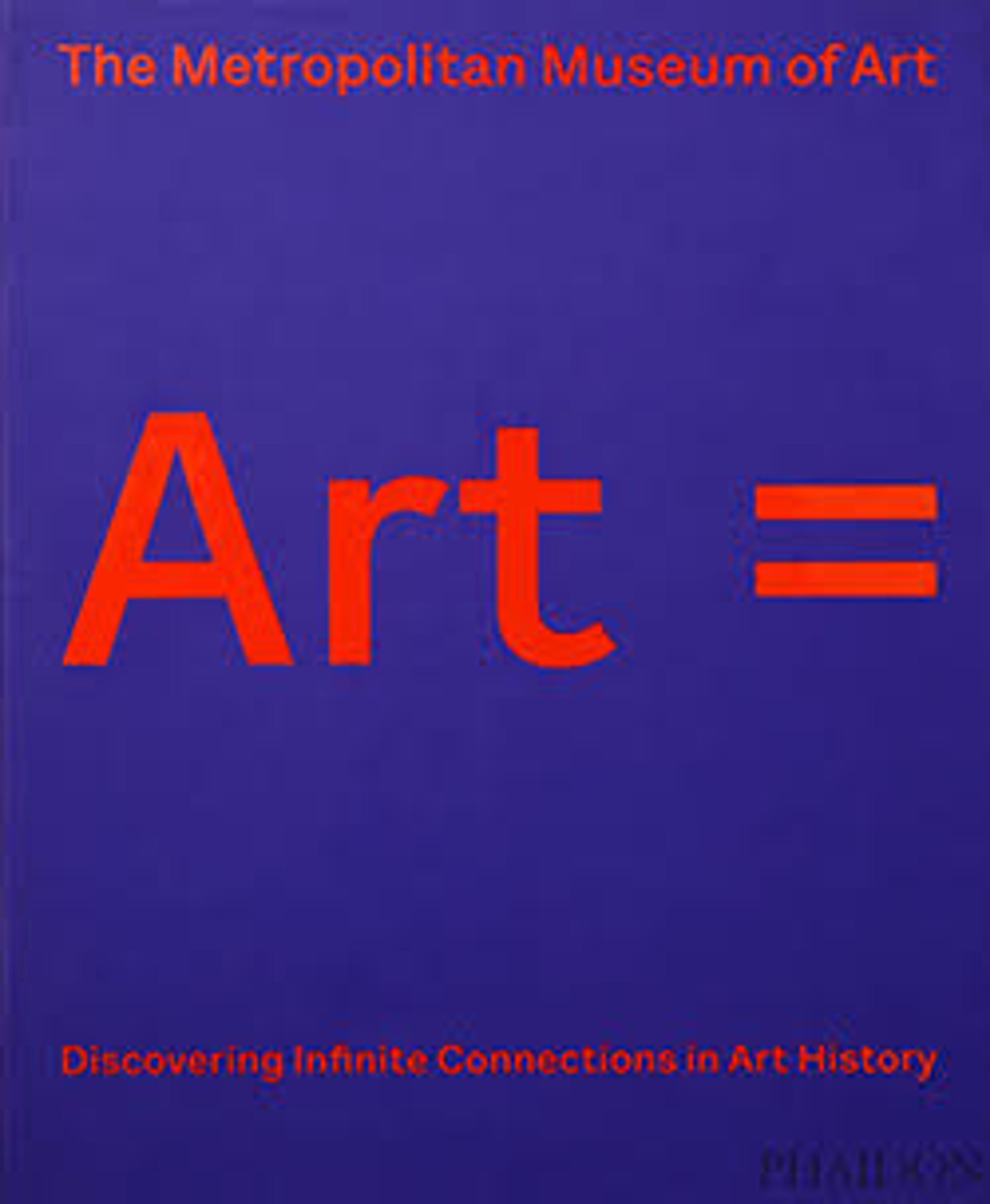English
Study for the Equestrian Monument to Francesco Sforza
This celebrated drawing was made by the Florentine painter, sculptor, engraver, and goldsmith Antonio Pollaiuolo. The sixteenth-century historian Giorgio Vasari, who owned the sheet and may have added the brown wash around the figures, seems to have described this drawing in his biography of Pollaiuolo (Lives of the Artists) of 1568. It represents a design for the bronze equestrian monument commissioned by Ludovico Sforza (1480-94, de facto ruler of Milan; 1494-99, Duke of Milan) in honor of his father, Francesco Sforza. This sheet (as well as its pendant, Staatliche Graphische Sammlung, Munich, inv. 1908.168) could have served as a presentation drawing for Ludovico, who may have arranged a competition between the artist and Leonardo da Vinci, who arrived at the Milanese court in the early 1480s. Leonardo, who won the commission, produced studies for the project from the early 1480s to the late 1490s, though the ill-fated monument was never completed.
Artwork Details
- Title: Study for the Equestrian Monument to Francesco Sforza
- Artist: Antonio Pollaiuolo (Italian, Florence ca. 1432–1498 Rome)
- Date: early to mid 1480s
- Medium: Pen and brown ink, light and dark brown wash; outlines of the horse and rider pricked for transfer.
- Dimensions: 11 1/16 x 10 in. (28.1 x 25.4 cm)
- Classification: Drawings
- Credit Line: Robert Lehman Collection, 1975
- Object Number: 1975.1.410
- Curatorial Department: The Robert Lehman Collection
More Artwork
Research Resources
The Met provides unparalleled resources for research and welcomes an international community of students and scholars. The Met's Open Access API is where creators and researchers can connect to the The Met collection. Open Access data and public domain images are available for unrestricted commercial and noncommercial use without permission or fee.
To request images under copyright and other restrictions, please use this Image Request form.
Feedback
We continue to research and examine historical and cultural context for objects in The Met collection. If you have comments or questions about this object record, please contact us using the form below. The Museum looks forward to receiving your comments.
